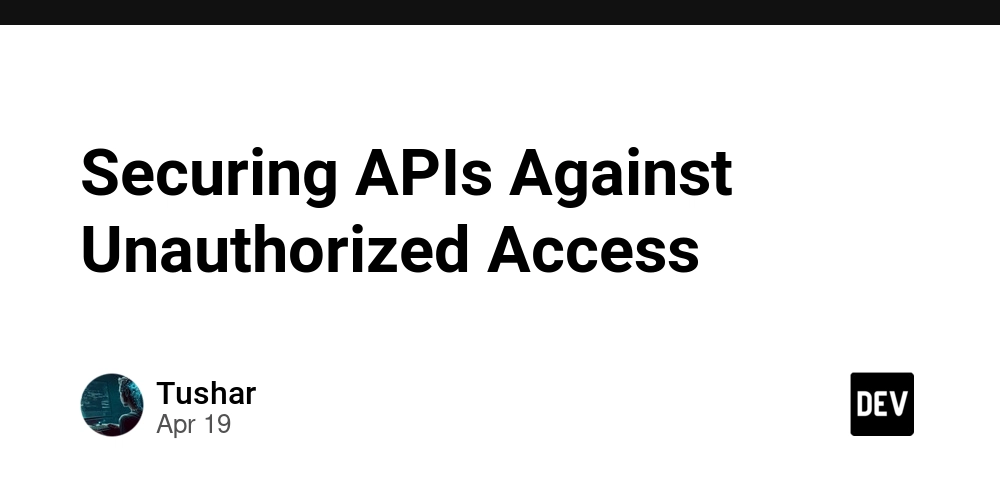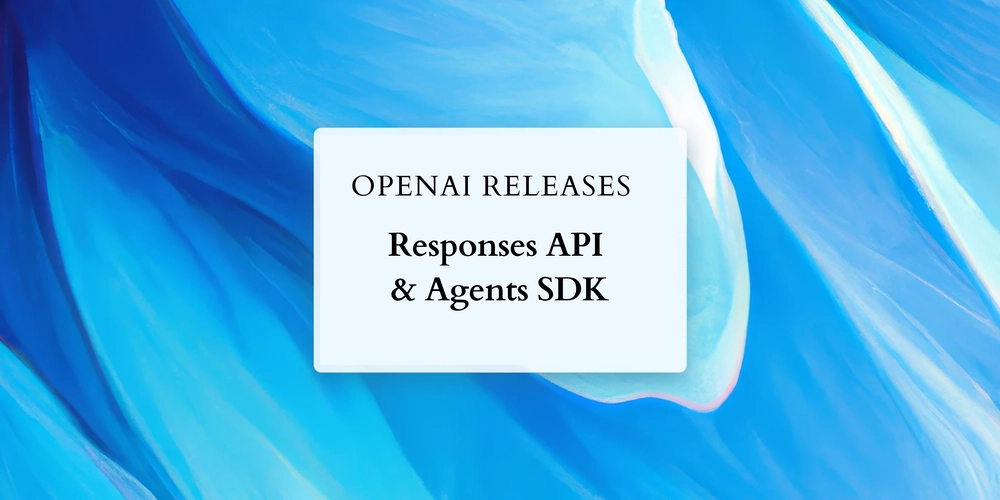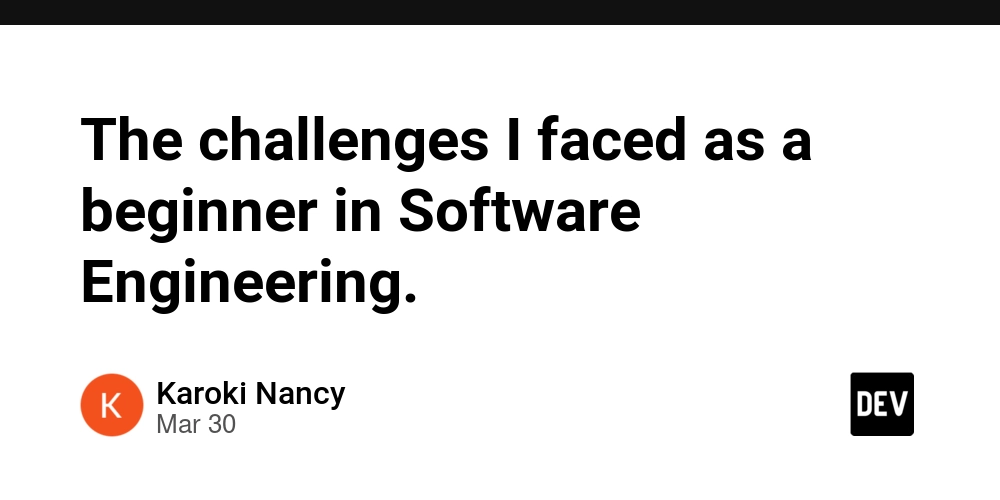Building MLOps Infrastructure for Modern AI Applications
Introduction: The New Era of AI Operations The AI landscape has evolved dramatically with the rise of large language models (LLMs), retrieval-augmented generation (RAG), and multimodal AI systems. Traditional MLOps frameworks struggle to handle: Billion-parameter LLMs with unique serving requirements Vector databases that power semantic search GPU resource management for cost-effective scaling Prompt engineering workflows that require version control Embedding pipelines that process millions of documents In this article I will be providing a blueprint on different development tools for different components of building an AI/MLOps infrastructure capable which supports the recent advanced AI applications. Core Components of AI-Focused MLOps LLM Lifecycle Management Vector Database & Embedding Infrastructure GPU Resource Management Prompt Engineering Workflows API Services for AI Models 1. LLM Lifecycle Management a) Tooling Stack: Model Hubs: Hugging Face, Replicate Fine-tuning: Axolotl, Unsloth, TRL Serving: vLLM, Text Generation Inference (TGI) Orchestration: LangChain, LlamaIndex b) Key Considerations: Version control for adapter weights (LoRA/QLoRA) A/B testing frameworks for model variants GPU quota management across teams 2. Vector Database & Embedding Infrastructure Database Choice Pinecone Weaviate Milvus PGVector QDrant Embedding Pipeline Best Practices: Chunk documents with overlap (512-1024 tokens) Batch process with SentenceTransformers Monitor embedding drift with Evidently AI 3. GPU Resource Management Deployment Patterns: Approach Use Case Tools Dedicated Hosts Stable workloads NVIDIA DGX Kubernetes Dynamic scaling K8s Device Plugins Serverless Bursty traffic Modal, Banana Spot Instances Cost-sensitive AWS EC2 Spot Optimization Techniques: Quantization (GPTQ, AWQ) Continuous batching (vLLM) FlashAttention for memory efficiency 4. Prompt Engineering Workflows MLOps Integration: Version prompts alongside models (Weights & Biases) Test prompts with Ragas evaluation framework Implement canary deployments for prompt changes 5. API Services for AI Models Production Patterns: Framework Latency Best For FastAPI

Introduction: The New Era of AI Operations
The AI landscape has evolved dramatically with the rise of large language models (LLMs), retrieval-augmented generation (RAG), and multimodal AI systems. Traditional MLOps frameworks struggle to handle:
- Billion-parameter LLMs with unique serving requirements
- Vector databases that power semantic search
- GPU resource management for cost-effective scaling
- Prompt engineering workflows that require version control
- Embedding pipelines that process millions of documents
In this article I will be providing a blueprint on different development tools for different components of building an AI/MLOps infrastructure capable which supports the recent advanced AI applications.
Core Components of AI-Focused MLOps
- LLM Lifecycle Management
- Vector Database & Embedding Infrastructure
- GPU Resource Management
- Prompt Engineering Workflows
- API Services for AI Models
1. LLM Lifecycle Management
a) Tooling Stack:
- Model Hubs: Hugging Face, Replicate
- Fine-tuning: Axolotl, Unsloth, TRL
- Serving: vLLM, Text Generation Inference (TGI)
- Orchestration: LangChain, LlamaIndex
b) Key Considerations:
- Version control for adapter weights (LoRA/QLoRA)
- A/B testing frameworks for model variants
- GPU quota management across teams
2. Vector Database & Embedding Infrastructure
Database Choice
- Pinecone
- Weaviate
- Milvus
- PGVector
- QDrant
Embedding Pipeline Best Practices:
- Chunk documents with overlap (512-1024 tokens)
- Batch process with SentenceTransformers
- Monitor embedding drift with Evidently AI
3. GPU Resource Management
Deployment Patterns:
| Approach | Use Case | Tools |
|---|---|---|
| Dedicated Hosts | Stable workloads | NVIDIA DGX |
| Kubernetes | Dynamic scaling | K8s Device Plugins |
| Serverless | Bursty traffic | Modal, Banana |
| Spot Instances | Cost-sensitive | AWS EC2 Spot |
Optimization Techniques:
- Quantization (GPTQ, AWQ)
- Continuous batching (vLLM)
- FlashAttention for memory efficiency
4. Prompt Engineering Workflows
MLOps Integration:
- Version prompts alongside models (Weights & Biases)
- Test prompts with Ragas evaluation framework
- Implement canary deployments for prompt changes
5. API Services for AI Models
Production Patterns:
| Framework | Latency | Best For |
|---|---|---|
| FastAPI | <50ms | Python services |
| Triton | <10ms | Multi-framework |
| BentoML | Medium | Model packaging |
| Ray Serve | Scalable | Distributed workloads |
Essential Features:
- Automatic scaling
- Request batching
- Token-based rate limiting
End-to-End Reference Architecture
Below will be the whole infrastructure diagram for an AIOps Infrastructure, feel free to take a pause to go over as it could be overwhelming :)
Final Takeaways
Quick lessons for production,
- Separate compute planes for training vs inference
- Implement GPU-aware autoscaling
- Treat prompts as production artifacts
- Monitor both accuracy and infrastructure metrics
This infrastructure approach enables organizations to deploy AI applications that are:
- Scalable (handle 100x traffic spikes)
- Cost-effective (optimize GPU utilization)
- Maintainable (full lifecycle tracking)
- Observable (end-to-end monitoring)
Thanks for reading— I hope this guide helps you tackle those late-night MLOps fires with a bit more confidence. If you’ve battled AI infrastructure quirks at your own, I’d love to hear your war your solutions! :)





























![[Webinar] AI Is Already Inside Your SaaS Stack — Learn How to Prevent the Next Silent Breach](https://blogger.googleusercontent.com/img/b/R29vZ2xl/AVvXsEiOWn65wd33dg2uO99NrtKbpYLfcepwOLidQDMls0HXKlA91k6HURluRA4WXgJRAZldEe1VReMQZyyYt1PgnoAn5JPpILsWlXIzmrBSs_TBoyPwO7hZrWouBg2-O3mdeoeSGY-l9_bsZB7vbpKjTSvG93zNytjxgTaMPqo9iq9Z5pGa05CJOs9uXpwHFT4/s1600/ai-cyber.jpg?#)










































































































































![[The AI Show Episode 144]: ChatGPT’s New Memory, Shopify CEO’s Leaked “AI First” Memo, Google Cloud Next Releases, o3 and o4-mini Coming Soon & Llama 4’s Rocky Launch](https://www.marketingaiinstitute.com/hubfs/ep%20144%20cover.png)





























































































































![[FREE EBOOKS] Machine Learning Hero, AI-Assisted Programming for Web and Machine Learning & Four More Best Selling Titles](https://www.javacodegeeks.com/wp-content/uploads/2012/12/jcg-logo.jpg)








































































![Rogue Company Elite tier list of best characters [April 2025]](https://media.pocketgamer.com/artwork/na-33136-1657102075/rogue-company-ios-android-tier-cover.jpg?#)








































































_Andreas_Prott_Alamy.jpg?width=1280&auto=webp&quality=80&disable=upscale#)






























































































![What’s new in Android’s April 2025 Google System Updates [U: 4/18]](https://i0.wp.com/9to5google.com/wp-content/uploads/sites/4/2025/01/google-play-services-3.jpg?resize=1200%2C628&quality=82&strip=all&ssl=1)










![Apple Watch Series 10 Back On Sale for $299! [Lowest Price Ever]](https://www.iclarified.com/images/news/96657/96657/96657-640.jpg)
![EU Postpones Apple App Store Fines Amid Tariff Negotiations [Report]](https://www.iclarified.com/images/news/97068/97068/97068-640.jpg)
![Apple Slips to Fifth in China's Smartphone Market with 9% Decline [Report]](https://www.iclarified.com/images/news/97065/97065/97065-640.jpg)






































































































































